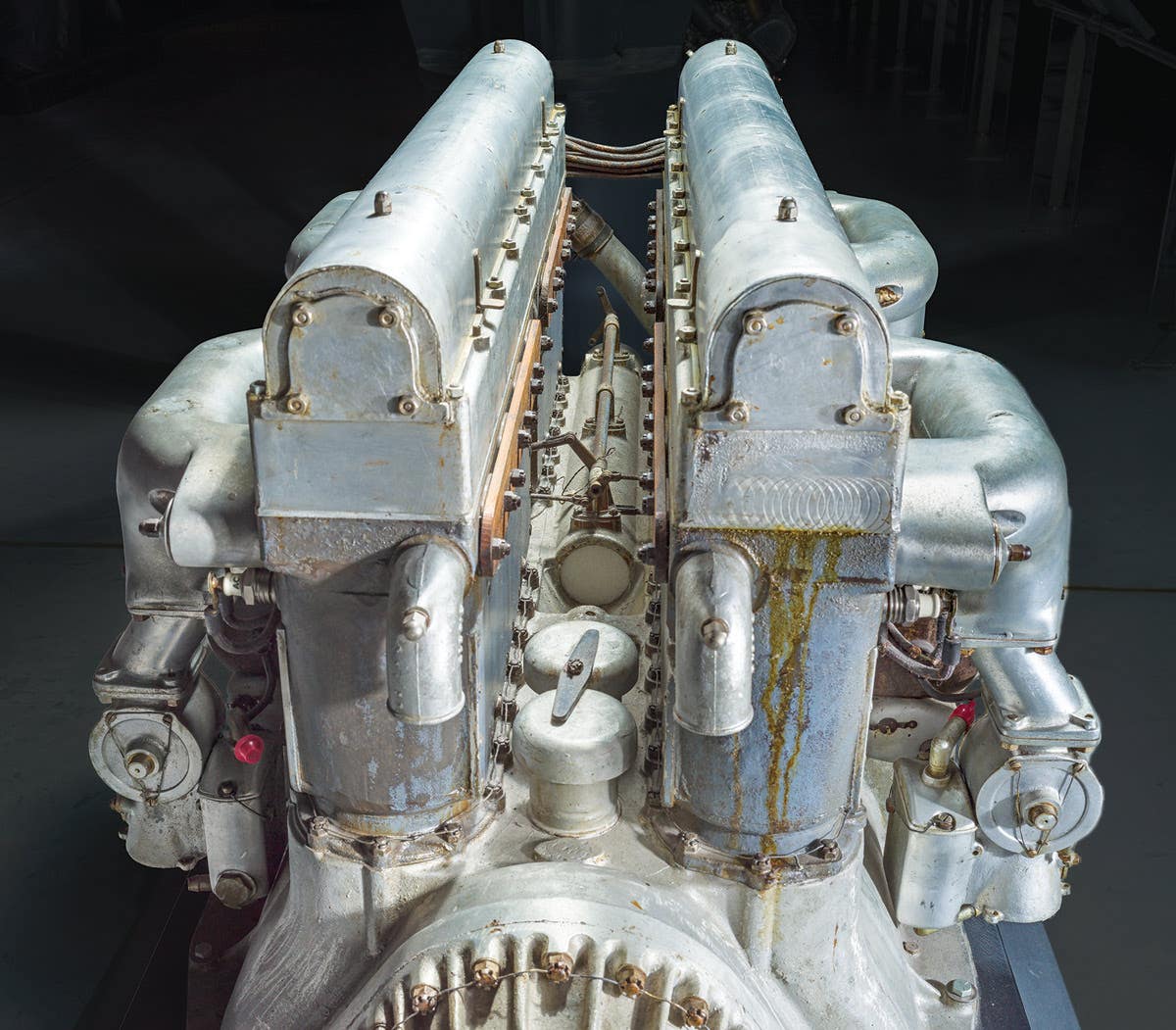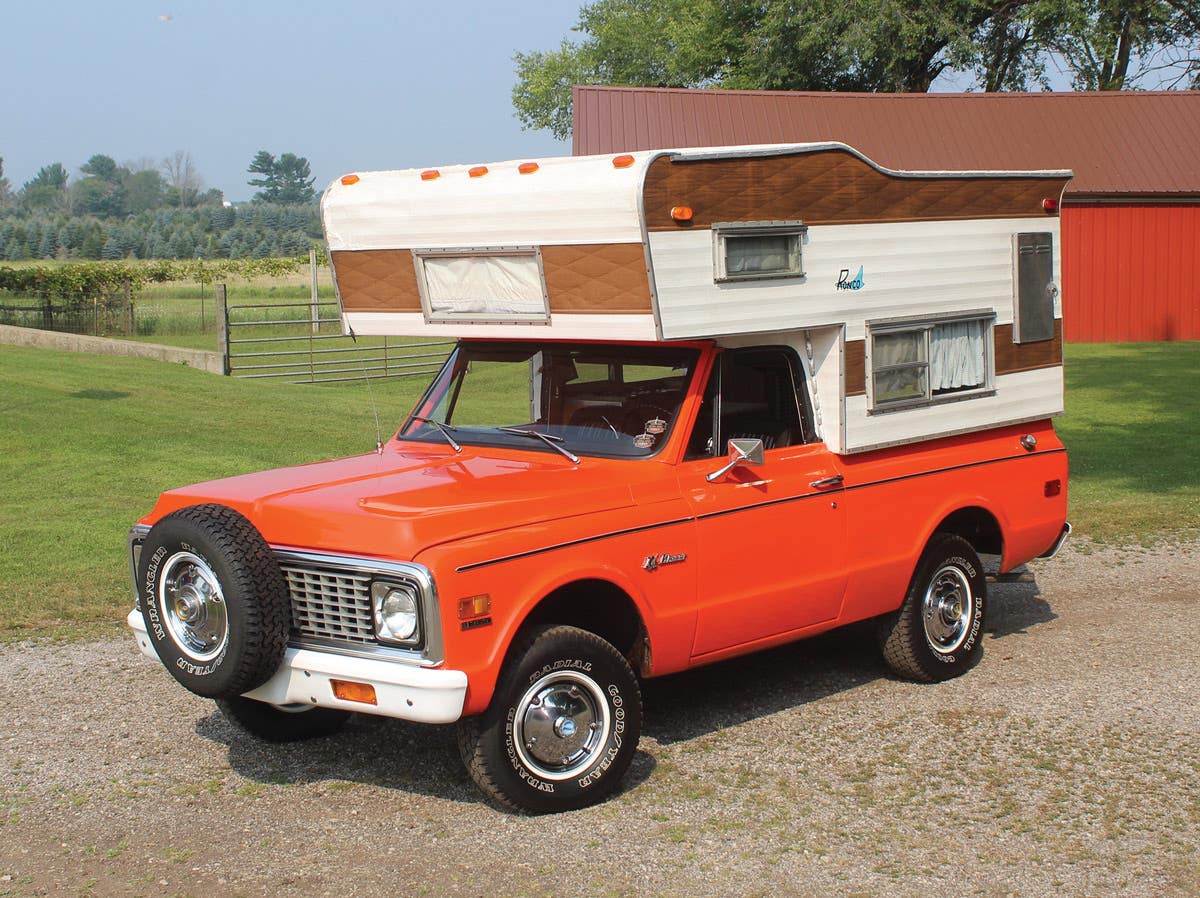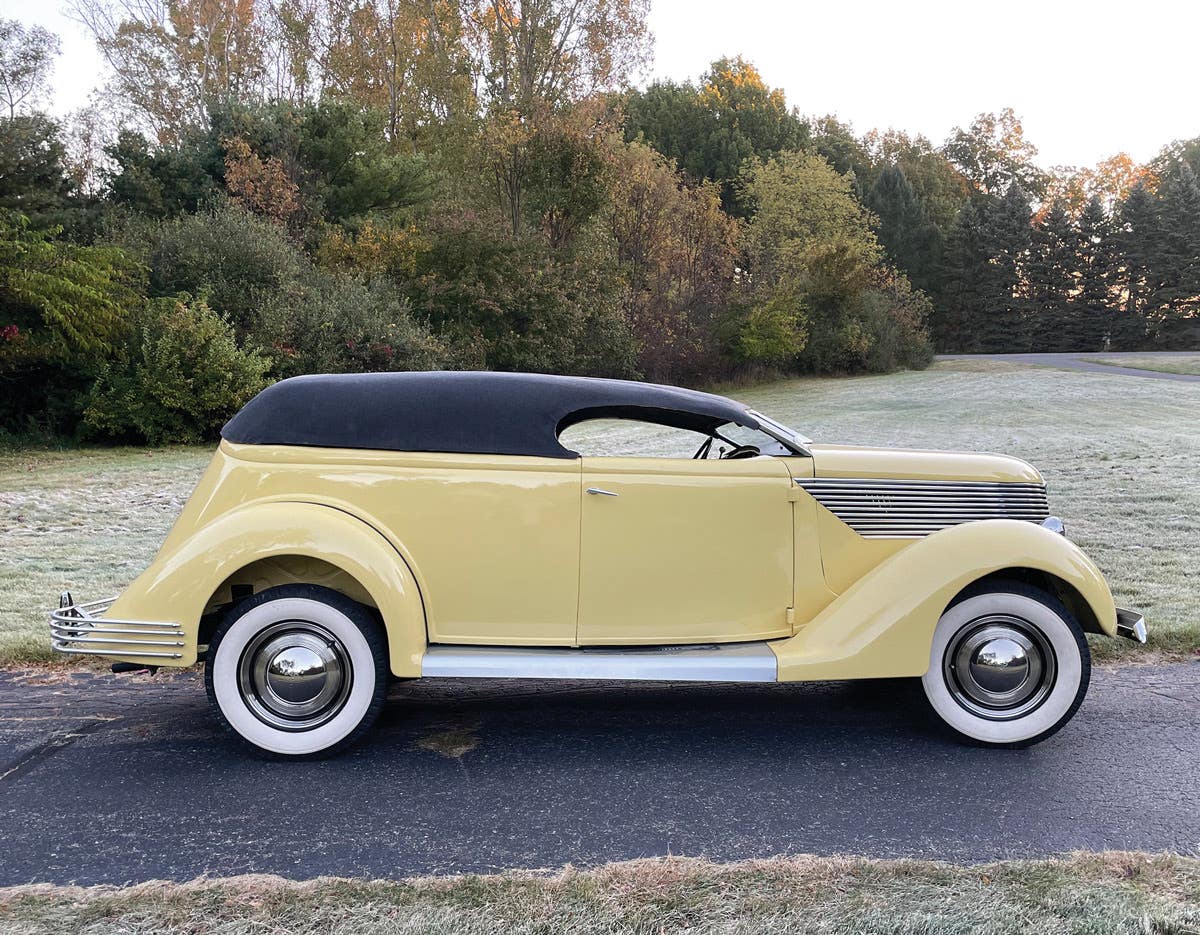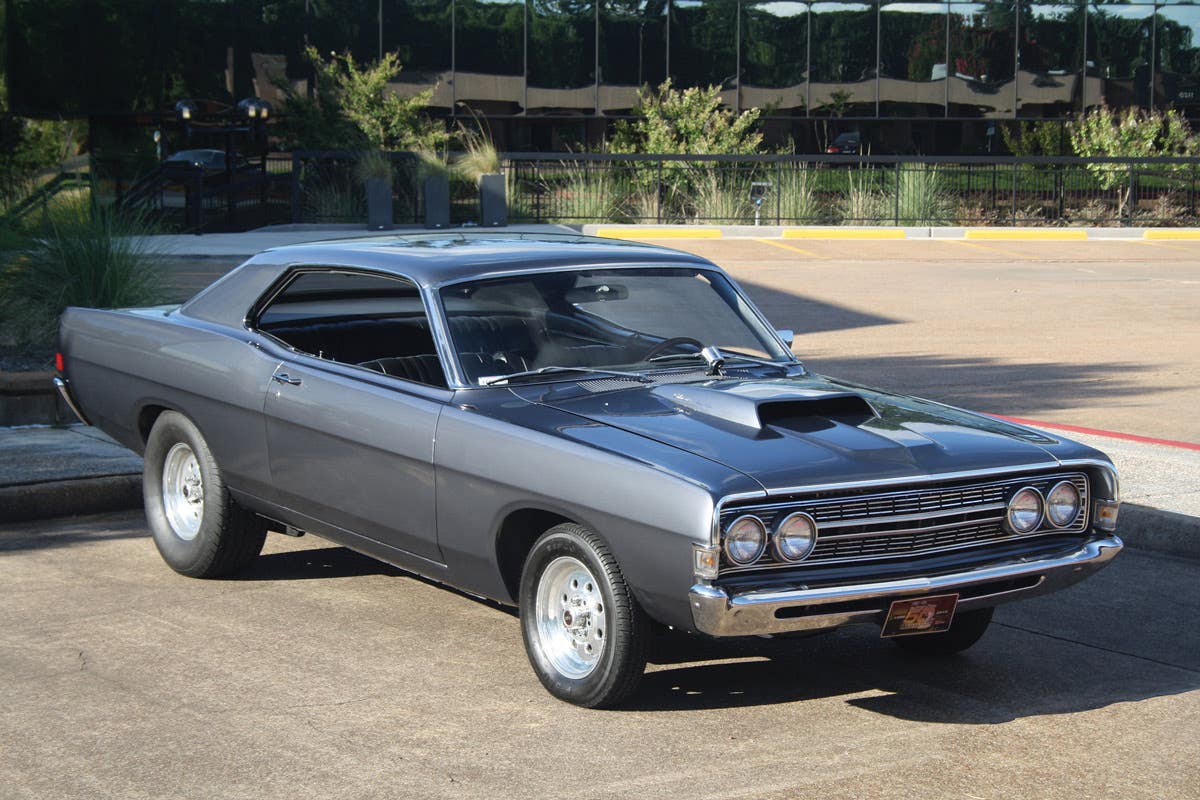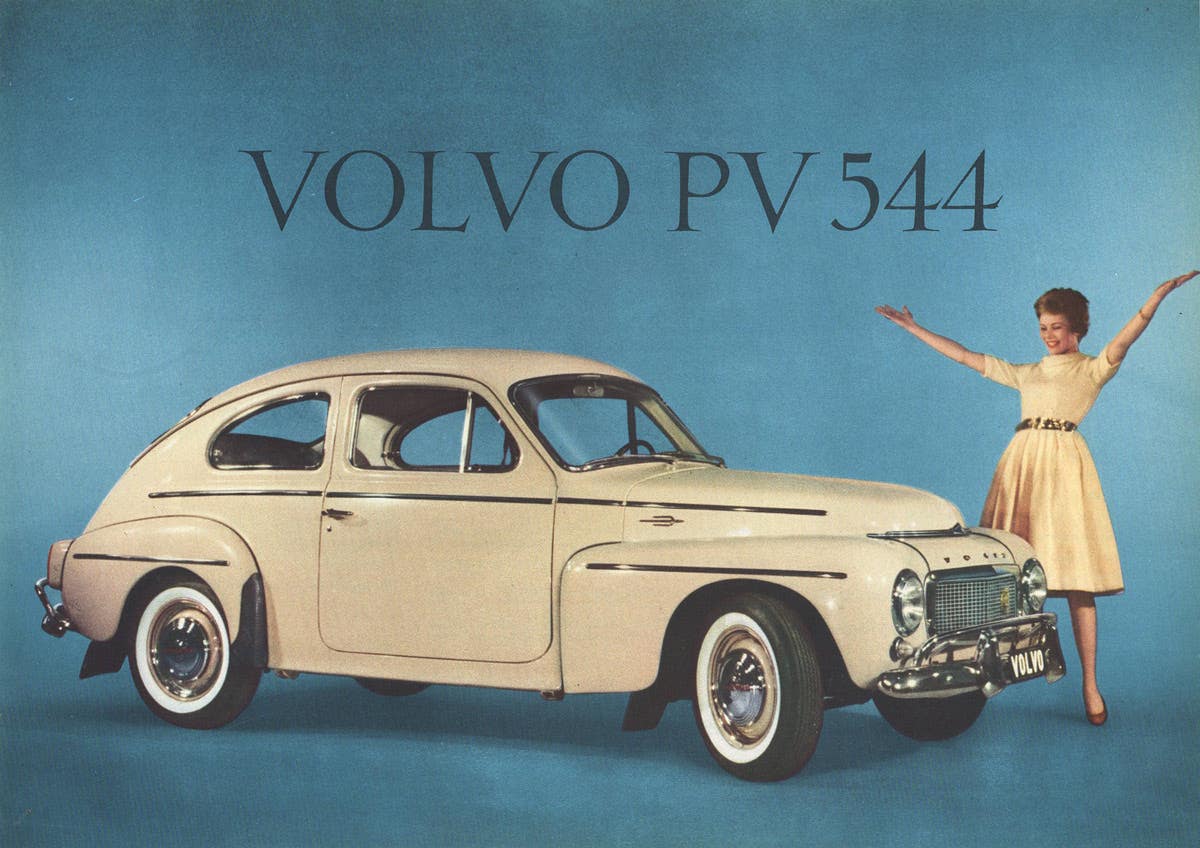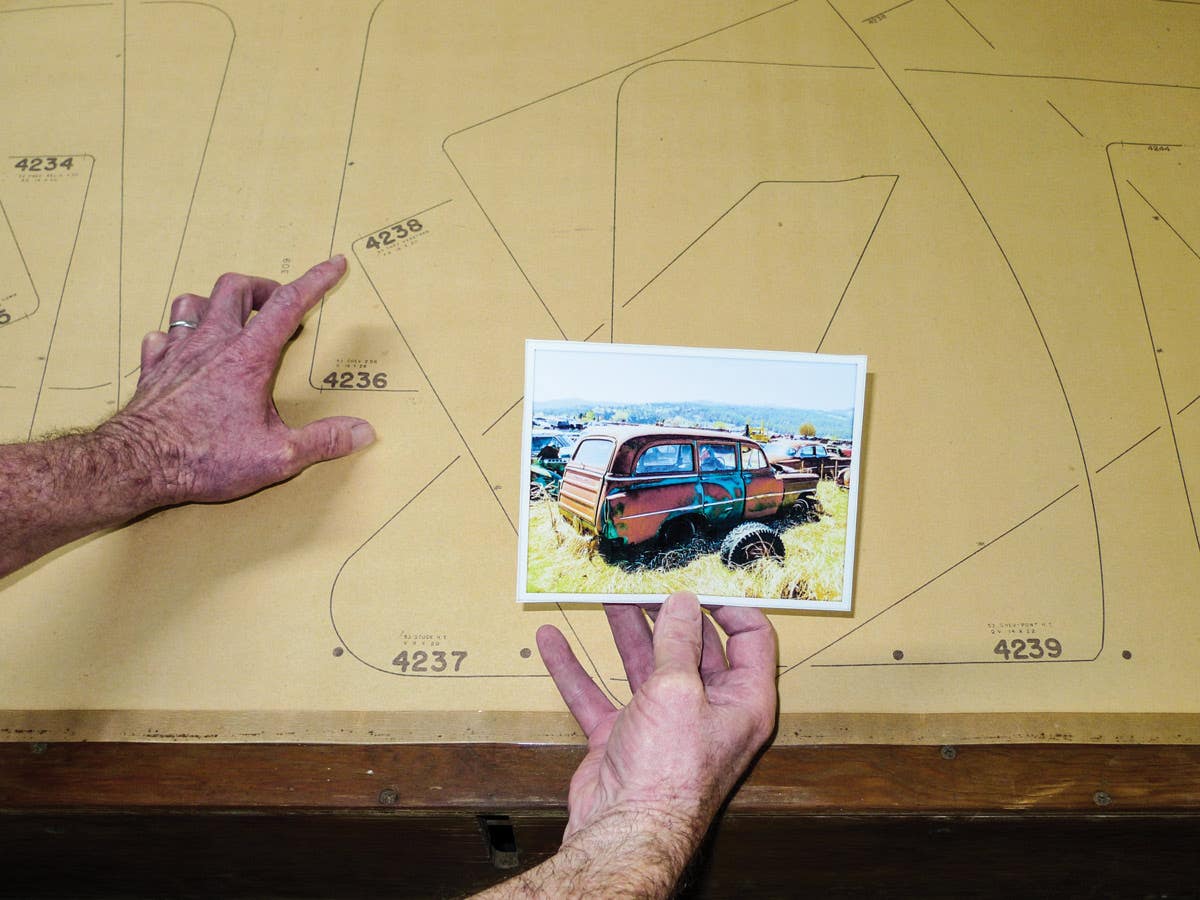Critics like to point to the 1958 Buick as an example of domestic car excess in the 1950s. Indeed, it was a product dripping in excess, especially when it came to bright exterior trim. Its dated, heavy styling arrived just in time for a recession and fallout in new car sales.
Truth is, 1958 Buick was not alone in its plight in 1958. Oldsmobile suffered the same fate and, to a lesser extent, so did Mercury and Edsel.
While the 1958 Buicks seemed a logical transition from the 1957 models at the time of design, the planning all took place before the futuristic 1957 Chrysler Corp. products came out boasting low roof lines, big fins and airy greenhouses.
Lots of chrome and aluminum trim and less popularity marked the 1958 Buick models. This Special Riviera two-door hardtop shows off its revised lines and new grille with 160 sparkling squares.
It wouldn’t be until 1959 that General Motors was able to answer, with Buick being among the most radically changed.
The model year wasn’t a good one for business, no matter what the styling, with the only exceptions to the sales downturn being the compact Ramblers and totally redone four-passenger Ford Thunderbirds.
Buick, however, apparently wasn’t living in fear when the 1958s were introduced, touting “Air Born B-58 Buicks” that “Look and feel like flight on wheels.” Literature and advertising featured the Convair B-58 Hustler delta-wing bomber, which was also not a roaring success.
New at the top of the Buick lineup for 1958 was the Limited series. It had slightly less bright trim and a longer stretch in the rear quarters. This Riviera four-door hardtop was Buick’s entry in the near luxury field.
Styling started up front with a die-cast grille comprised of 160 squares of chrome and flanked by directional signal/parking lamps. There were now dual (quad) headlights and a slightly raised hood with a big “V” emblem in the center and four horizontal chrome strips. Gone were the Ventiports (portholes) that were on the front fenders since the 1949 models. Also gone were the full rear-wheel cutouts, giving the cars a heavier look.
Side trim varied, depending on the series, but all except the top-line Limited received a large cove of bright trim on the rear third that drew most of the “excess” criticism.
Dual headlamps were a new feature for 1958 Buicks, giving the assembly line employees more to do to get them focused. Here at the factory in Flint, Mich., a worker uses a pair 22-inch lenses and photo-electric cells to get the heavily chromed new Buick on the beam.
The amount of bright trim varied from “too much” to “well beyond.” A double-bar rear bumper had large pods on each end and a cove of more bright trim between the bars.
Thankfully, the wind splits that divided the rear windows into three pieces on some 1957 models were gone.
Power was unchanged from 1957 with the 364-cid V-8 the only engine. It was rated at 250 hp in most Special models (210 hp with standard shift) and, again, was good for 300 for the rest of the gang. However, it had a new name — again, going for excess — with the B-12000 tag. Literature said it “develops a thrust of 12,000 pounds behind every piston’s power stroke.” Somehow, this rating system never caught on.
Making the auto show rounds for 1958 was the Buick “Wells Fargo” convertible built for TV star Dale Robertson. The Limited convertible featured wood side trim, special interior features and appeared with the star of “Tales of Wells Fargo” on a postcard handed out at the shows.
Flight Pitch Dynaflow was standard on the Limited and Roadmaster 75, while the previous year’s Variable Pitch Dynaflow came standard in the Super and Century and optional on the Special.
The lineup for 1958 was revised from the final 1957 tally. Special Series 40 models on a 122-inch wheelbase had seven models again: two- and four-door sedans, two- and four-door Riviera hardtops, a convertible and two wagons, the pillared Estate Wagon and hardtop Riviera Estate Wagon. The Century Series 60, also on a 122-inch stretch, had five with no two-door sedan or pillared wagon like the Specials had. Its hardtop wagon was called “Caballero.”
The Super Series 50, on a 127 1/2-inch wheelbase, was simpler, with just two- and four-door Riviera hardtops.
Gone was the plain Roadmaster. The next step up was the Roadmaster Series 75 — a series introduced mid-year in 1957. On a 127 1/2-inch wheelbase, it had three models, adding a convertible to the Super’s pair of styles.
New for 1958 was the Limited Series 700. It was the first use of the Limited name since the 1942 models and turned out to be a one-year wonder. It shared the Super and Roadmaster 75 wheelbase and model lineup. At 227.1 inches long, it came in eight inches longer than the 75 and Super and more than 15 inches beyond the smaller cars.
Like other manufacturers, Buick offered optional air suspension in the 1958 models and, like other manufacturers, Buick’s system was not a success.
Not everything Buick did for 1958 could be termed excessive. A display model dubbed the “Wells Fargo” was utilized on the auto show circuit. It was a Limited convertible said to be made especially for TV star Dale Robertson. The car featured a tasteful wood inlay in place of the chrome cove on the sides. The husky-voiced Robertson starred in the Buick-sponsored NBC-TV program “Tales of Wells Fargo” in the western era on prime-time television. The show car featured leather-trimmed bucket seats, a rifle rack, gun holsters on the doors and cowhide carpeting.
Buick set a production record of 738,814 units for the 1955 model year. The company held down third place in sales. That number dropped to 572,024 for 1956 and 405,086 for the 1957 models when Plymouth booted Buick down to fourth. Things became worse for the 1958 models with 241,892 built and the also-over-chromed Oldsmobile taking fourth ranking.
The 1959 Buicks were really all-new. Not only were the finned new offerings completely restyled, but all the old series names were dropped (at least for a while). New designations, such as LeSabre, Invicta and Electra, booted out Special, Century, Super, Roadmaster and Limited.
While the domestic new-car market picked up some for 1959, Buick sales did not. Traditional buyers — of which Buick had many — were left cold, and only 232,579 finned machines were built.
Buick was in deep trouble. The overdone 1958 models may have been part of the problem, but there was much more that needed fixing.



